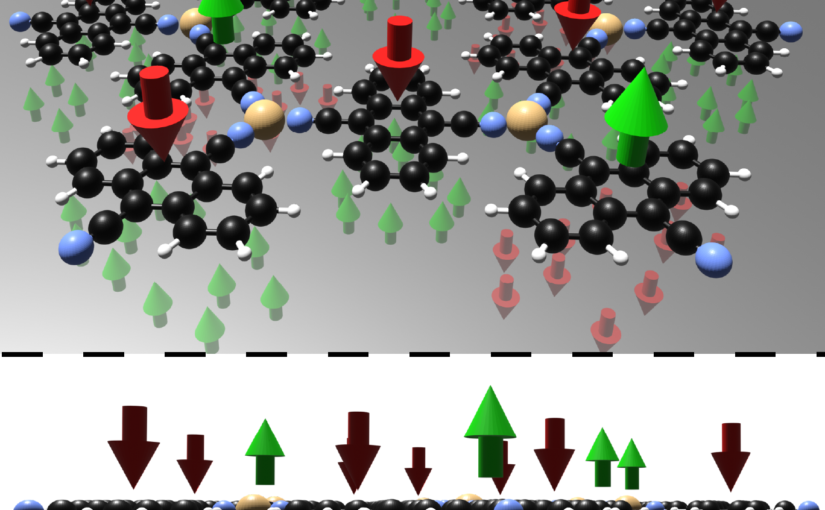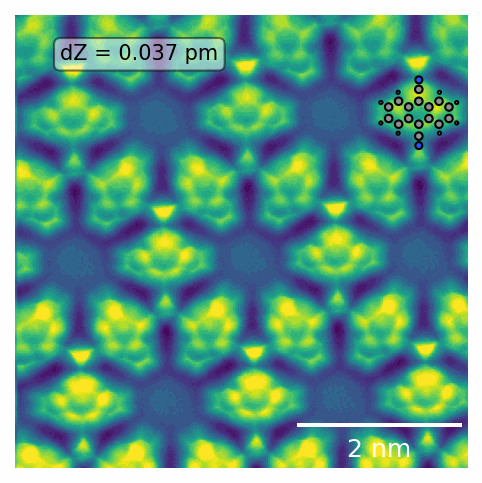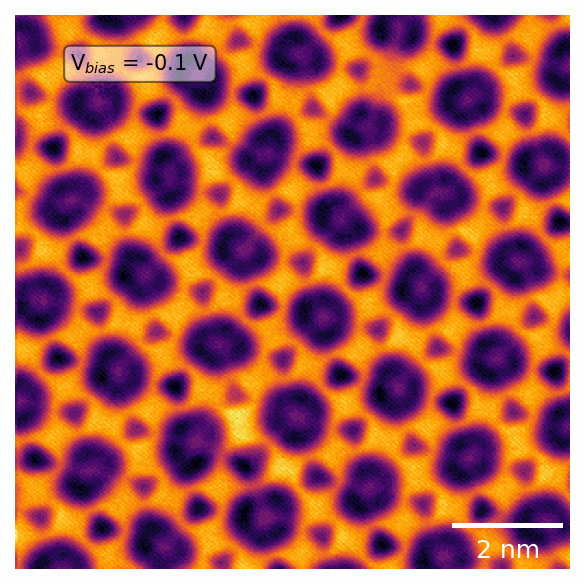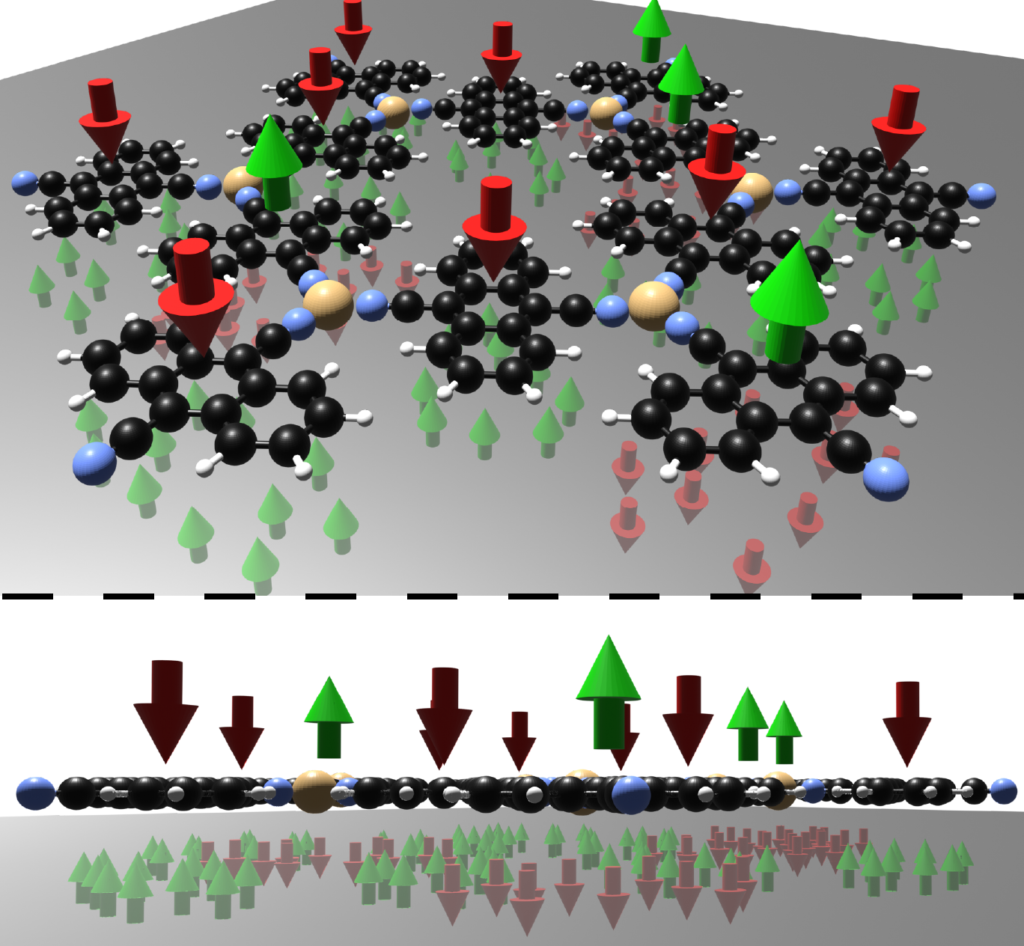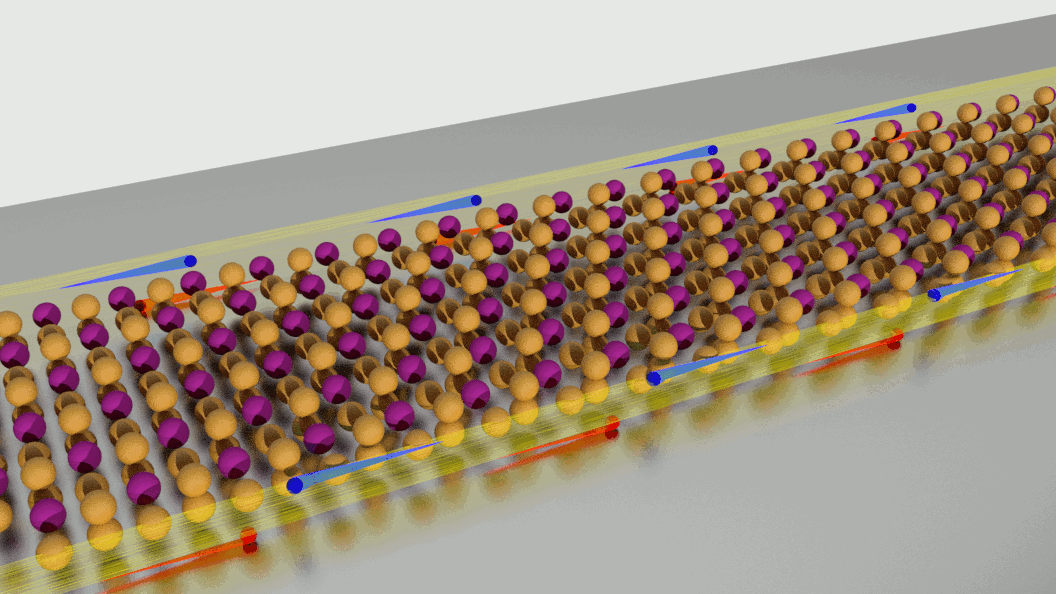While pursuing metal-organic frameworks, we stumbled on something unexpected but experimentally robust back in June of 2019. DCA molecules and Au adatoms on Ag111 form DCA-Au-DCA units, and the cyano groups aren’t involved as you’d intuitively expect.
It took some heroic effort and creative thinking from Adam & the team in Prague to “just run this one through the computer real quick”, but nonetheless we’re pleased to have this explanation of the selective C-H scisson necessary to justify the observed end products.
Lowe, B., et. al. (2022). Selective Activation of Aromatic C–H Bonds Catalyzed by Single Gold Atoms at Room Temperature. J. Am. Chem. Soc. https://doi.org/10.1021/jacs.2c10154
